# Understanding Past Climate Change Through Fossils and Its Impact
Written on
Chapter 1: Insights from the Fossil Record
What can the fossil record reveal about historical climate changes? It's essential to note that climate change is not a new phenomenon; it has been a recurring theme throughout Earth's history. Every significant climatic shift can be traced back to specific geological or biological processes, rather than being random occurrences.
Key drivers of climate change in the past include elevated CO2 levels from volcanic activity, abrupt tectonic shifts, variations in Earth's orbit, and biochemical processes from photosynthetic organisms like algae. It's important to clarify that none of these processes are currently in play. The present situation is marked solely by increased greenhouse gas concentrations, particularly CO2, which is not a result of volcanic activity.
So, what are the timelines and consequences of these historical events?
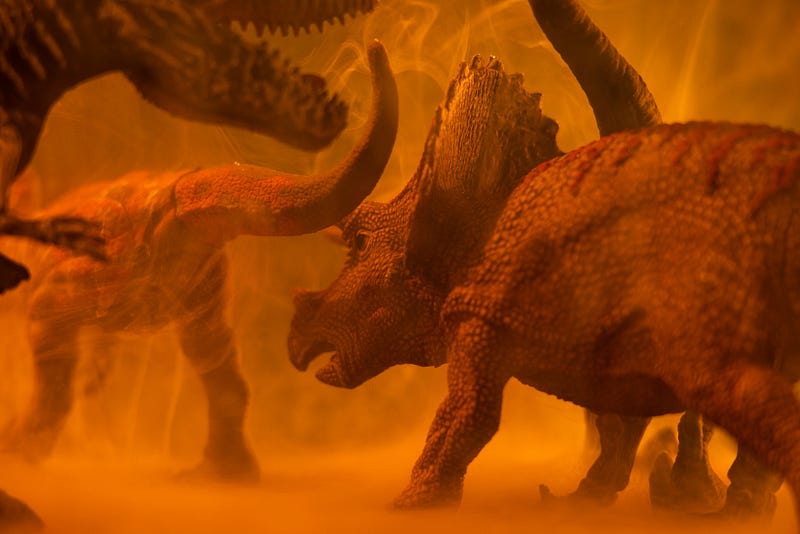
Photo by engin akyurt on Unsplash
Section 1.1: The End-Permian Hyperthermal Event
Approximately 252 million years ago, the End-Permian Hyperthermal Event marked a significant climatic upheaval before the age of dinosaurs. This period was characterized by a dramatic temperature increase of 6–11°C, largely due to volcanic eruptions in what is now Siberia, leading to a rise in CO2 levels.
Consequently, ocean acidification and low oxygen conditions emerged, resulting in Earth's most severe extinction event. Estimates suggest that around 81% of marine species and 70% of terrestrial species, including early mammalian ancestors, vanished. To visualize the impact, imagine a child’s encyclopedia of animals reduced by 75%.
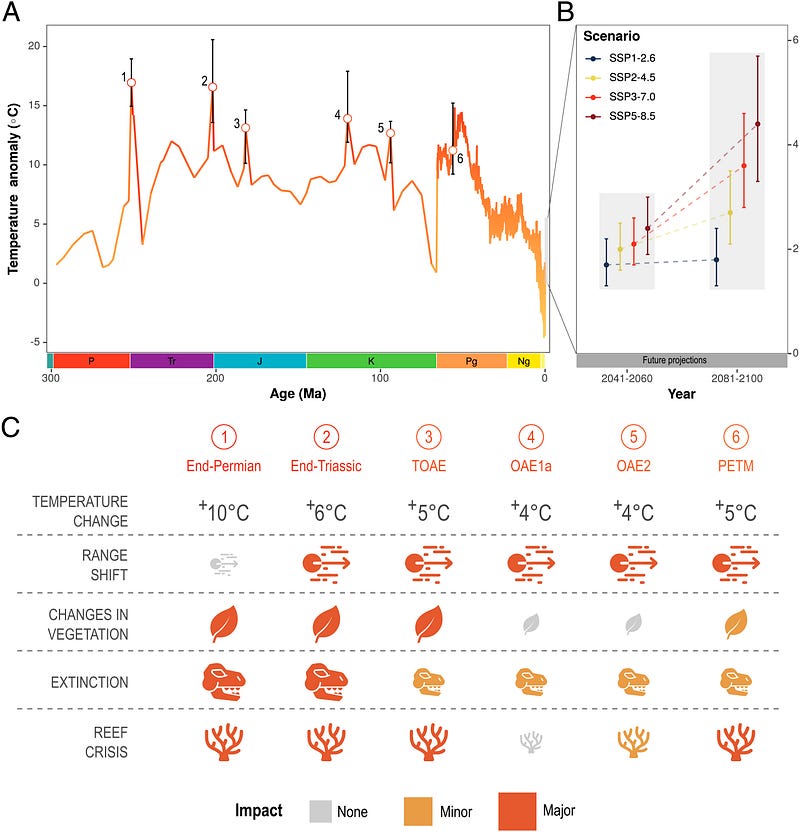
Section 1.2: The End-Triassic Hyperthermal Event
Fast forward to approximately 201 million years ago, when dinosaurs began to dominate the Earth. Similar volcanic activity resulted in a rise in CO2 and sulfur dioxide, driving a global temperature increase of around 6°C. This change caused sea levels to rise and oceans to acidify.
Research indicates that gas bubbles trapped in ancient rocks reveal a startling similarity between past and current greenhouse gas emissions. The consequences were dire, with three-quarters of all species, including most Triassic archosaurs, becoming extinct, heavily impacting marine ecosystems.
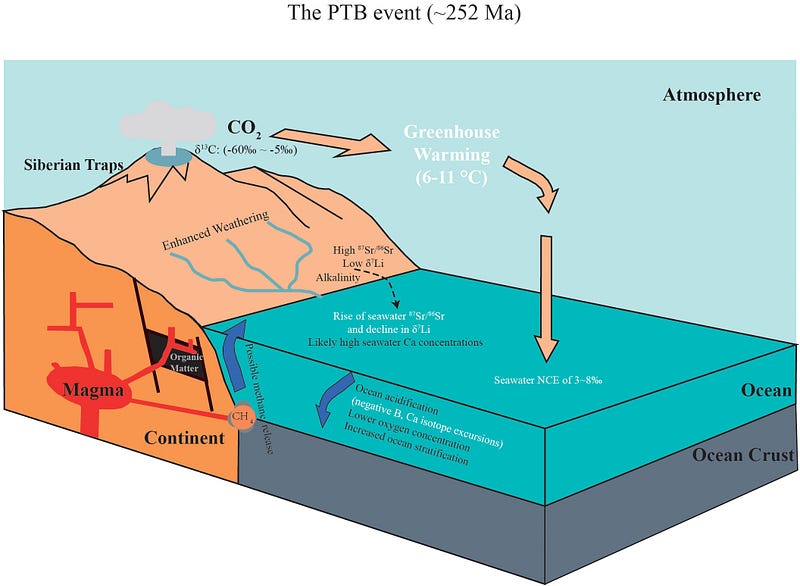
Chapter 2: Major Climatic Events and Their Consequences
The first video, "One Million Years into Climate Change's Past," provides a detailed exploration of historical climate change events and their implications.
The second video, "Understanding Climate Change: All the Natural and Human Causes (Full Lecture)," delves into the various factors contributing to climate change.
Section 2.1: The Toarcian Oceanic Anoxic Event
Around 183 million years ago, during a time when dinosaurs flourished, major volcanic activity led to elevated sea levels and ocean temperatures. This increase in marine productivity caused algae blooms, which, upon decomposition, contributed to rising methane emissions and further global warming.
The melting permafrost released even more methane, raising temperatures by an additional 5°C. This period culminated in a catastrophic extinction event that decimated coral populations, with 49% of coral genera lost.
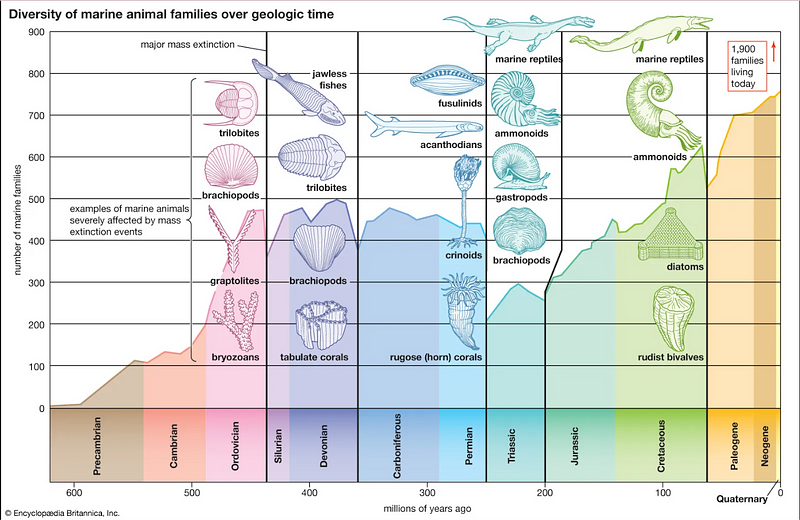
Section 2.2: The Cretaceous Oceanic Anoxic Events
During the Cretaceous period, two significant Oceanic Anoxic Events occurred, both linked to intense volcanic activity that released considerable CO2 into the atmosphere, resulting in a 4°C increase in global temperatures.
These shifts led to oceanic anoxia, where marine life struggled to survive due to depleted oxygen levels, causing widespread extinctions across various species.
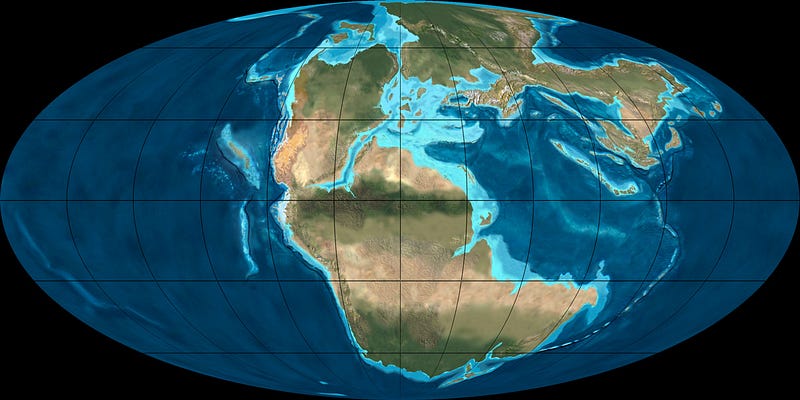
The Paleocene-Eocene Thermal Maximum (PETM)
About 56 million years ago, during the age of mammals, the PETM was marked by a rapid release of greenhouse gases, likely from volcanic activity and methane emissions from ocean floors. This led to a significant increase in global temperatures of 5°C.
The rapid temperature rise resulted in extensive changes in ecosystems, affecting both marine and terrestrial life. Notably, mass extinctions occurred among foraminifera and other marine organisms.
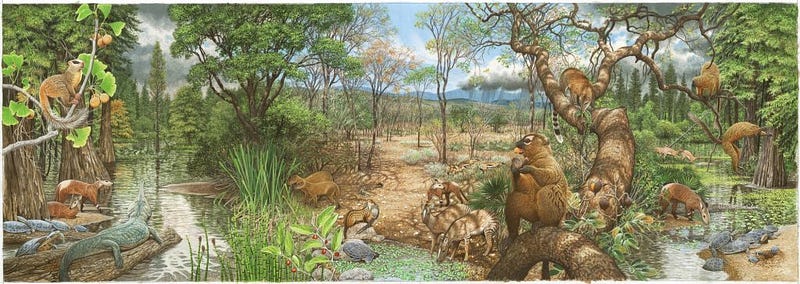
Conclusion: Learning from the Past
History shows that climate change has repeatedly influenced life on Earth, driven by significant greenhouse gas emissions. While contemporary volcanic activity exists, it pales in comparison to the massive eruptions of the past, which released staggering amounts of CO2.
Geologists estimate that during the End-Triassic event, 100,000 km³ of lava was expelled every 500 years, equivalent to the projected emissions from all human activities in the 21st century.
Understanding these historical events can provide critical insights into the potential consequences of today's climate challenges. Rising temperatures signify just the beginning; shifts in ocean circulation, acidification, and anoxic conditions are looming threats.
It is vital to recognize our role within these ecosystems. Changes in rainfall can affect our crops, and the extinction of species can disrupt food production and water availability. By studying the past, we can better prepare for the future.